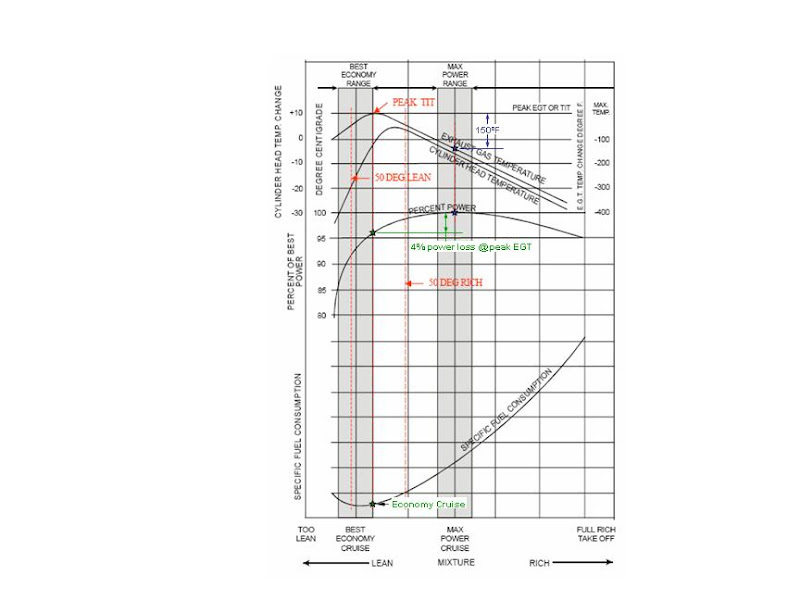runner4065
Filing Flight Plan
- Joined
- Jan 11, 2017
- Messages
- 18
- Display Name
Display name:
runner4065
I have an IO-520. I'm installing an engine monitor and GAMI's. How many degrees lean of peak should I run it? What drives this determination (how many degrees LOP)?


